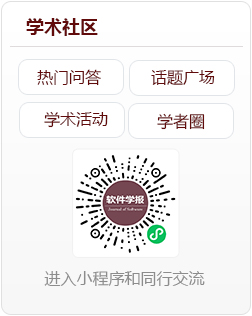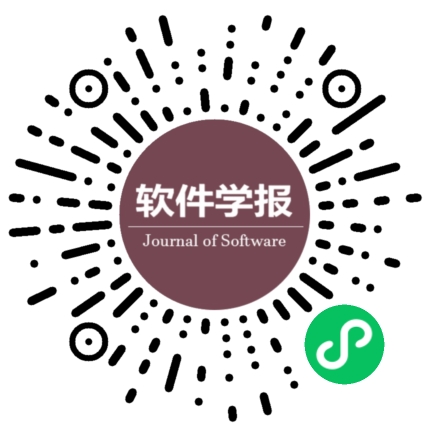基于常识推理问答的多模态题文不符检测
作者:
作者单位:
作者简介:
通讯作者:
中图分类号:
TP181
基金项目:
国家自然科学基金(62276279, 62372483, 62276280, U2001211, U22B2060); 广东省基础与应用基础研究基金(2024B1515020032); 广州市科技计划(2023B01J0001, 2024B01W0004)
Multi-modal Clickbait Detection by Asking Commonsense Reasoning Questions to Infer Inconsistencies
Author:
Affiliation:
Fund Project:
引用本文
余建兴,王世祺,陈祺,赖韩江,饶洋辉,苏勤亮,印鉴.基于常识推理问答的多模态题文不符检测.软件学报,,():1-19
复制相关视频

分享
文章指标
- 点击次数:
- 下载次数:
- HTML阅读次数:
历史
- 收稿日期:2024-09-25
- 最后修改日期:2024-12-22
- 录用日期:
- 在线发布日期: 2025-09-10
- 出版日期:
文章二维码

您是第位访问者
版权所有:中国科学院软件研究所 京ICP备05046678号-3
地址:北京市海淀区中关村南四街4号,邮政编码:100190
电话:010-62562563 传真:010-62562533 Email:jos@iscas.ac.cn
技术支持:北京勤云科技发展有限公司
版权所有:中国科学院软件研究所 京ICP备05046678号-3
地址:北京市海淀区中关村南四街4号,邮政编码:100190
电话:010-62562563 传真:010-62562533 Email:jos@iscas.ac.cn
技术支持:北京勤云科技发展有限公司



